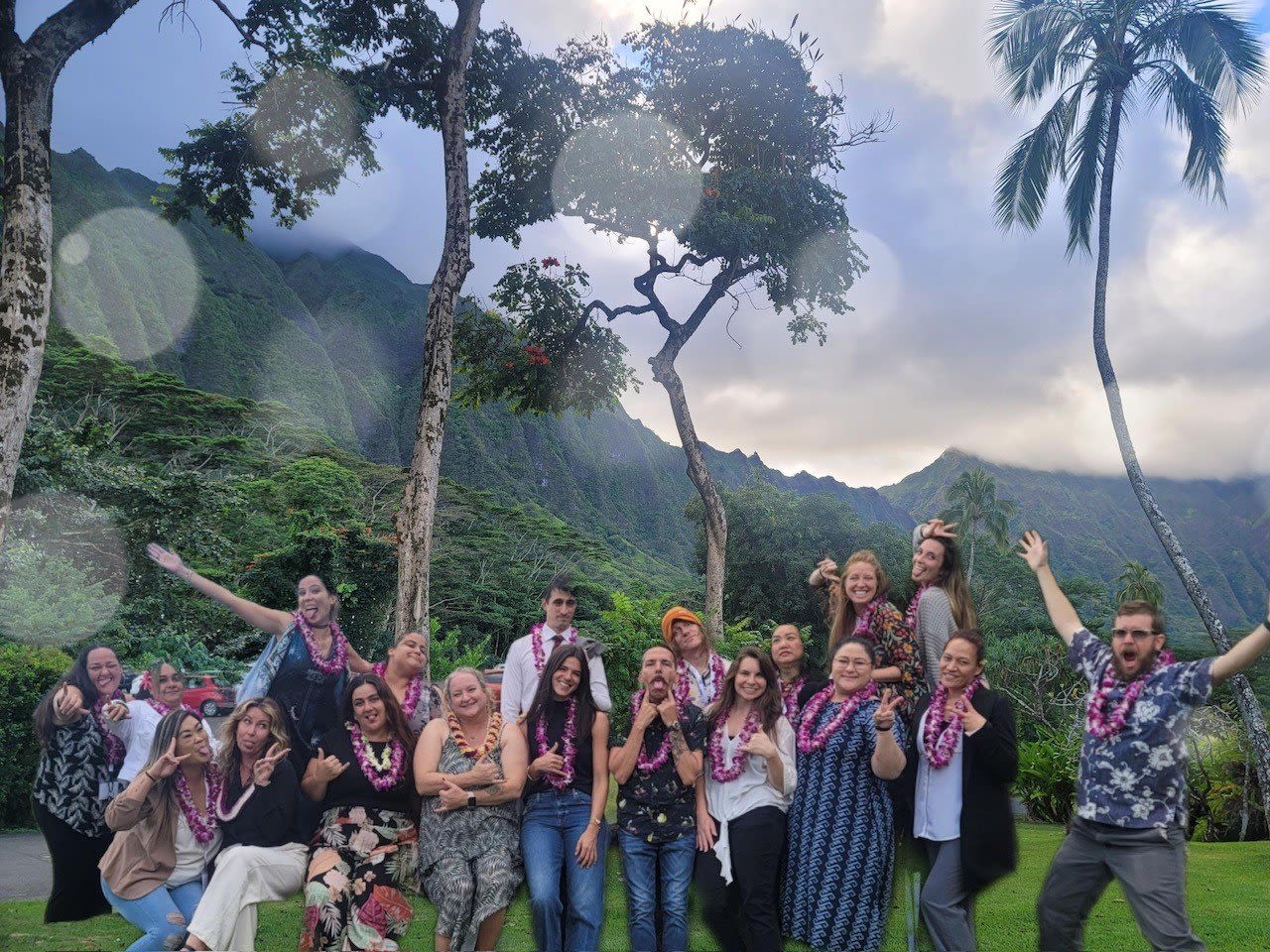Annual Report 2023

OVERVIEW
We are pleased to present the Partners In Care - O'ahu Continuum of Care 2023 Annual Report. This year has been a year filled with challenges and opportunities, and we are proud to report that we have made significant progress towards achieving our goals.
We closely monitored and adjusted our strategies to navigate the challenges encountered and capitalized on the opportunities that arose.
We are confident in our ability to execute our Strategic Plan and drive growth and transformation in the years to come. While there may be challenges and uncertainties ahead, we are well-positioned to navigate them and seize the opportunities that occur.
We would like to express our gratitude to our stakeholders, employees, and partners for their continued support and dedication.
During this past year, we focused on expanding and improving our operations. We revamped former programs, worked closely with the Public Housing Authorities, and made a vendor transition to improve the capacity and ability of our Homeless Management Information System (HMIS). Our efforts were fueled by the need of greater mitigation of the homelessness crisis on O'ahu.
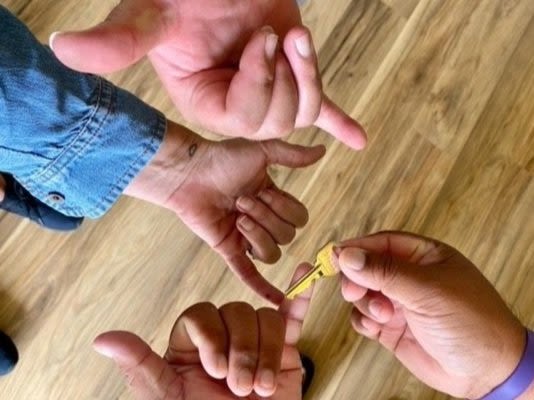

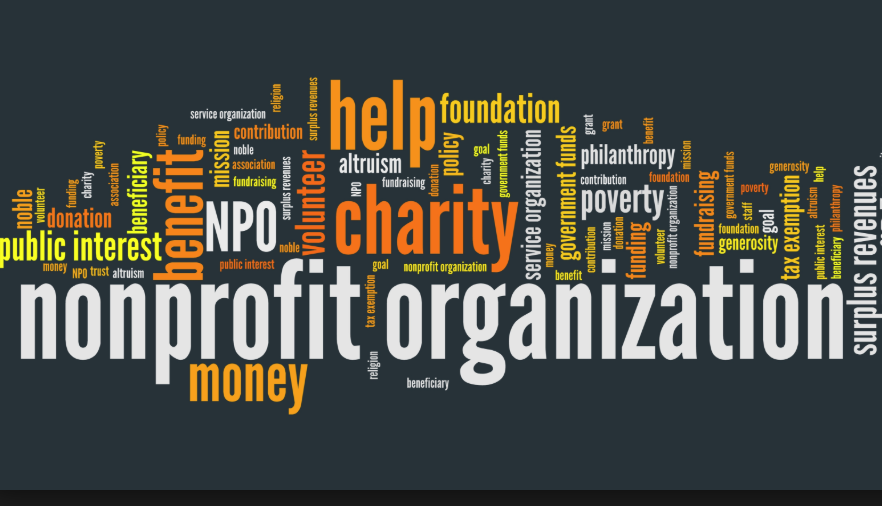
2023 PROGRAMS
The Partners In Care programs, while interconnected and collaborative, are categorized by function and funding into two categories:
1) Continuum of Care (CoC)
Per the Department of Housing and Urban Development (HUD), CoCs are designed to promote community-wide planning and strategic use of resources to address homelessness; improve coordination and integration with mainstream resources and other programs targeted to people experiencing homelessness; and improve data collection and performance measurement. HUD requires CoCs to maintain certain programs to perform these functions.
2) 501c3
501c3 organizations, such as Partners In Care, are nonprofit groups with a dedicated mission. Our 501c3 programs are not mandated to function as a CoC, but operate in pursuit of our mission to end homelessness.
This report will act as an overview of the goals, successes, and struggles of the following programs operated by Partners In Care.
|
501c3 Programs |
CoC Programs |
|---|---|
|
O'ahu Housing Now |
Planning |
|
Emergency Housing Vouchers |
Homeless Management Information System |
|
Landlord Engagement Program |
Coordinated Entry System |
|
O'ahu Veterans Initiative |
O'ahu Housing Now
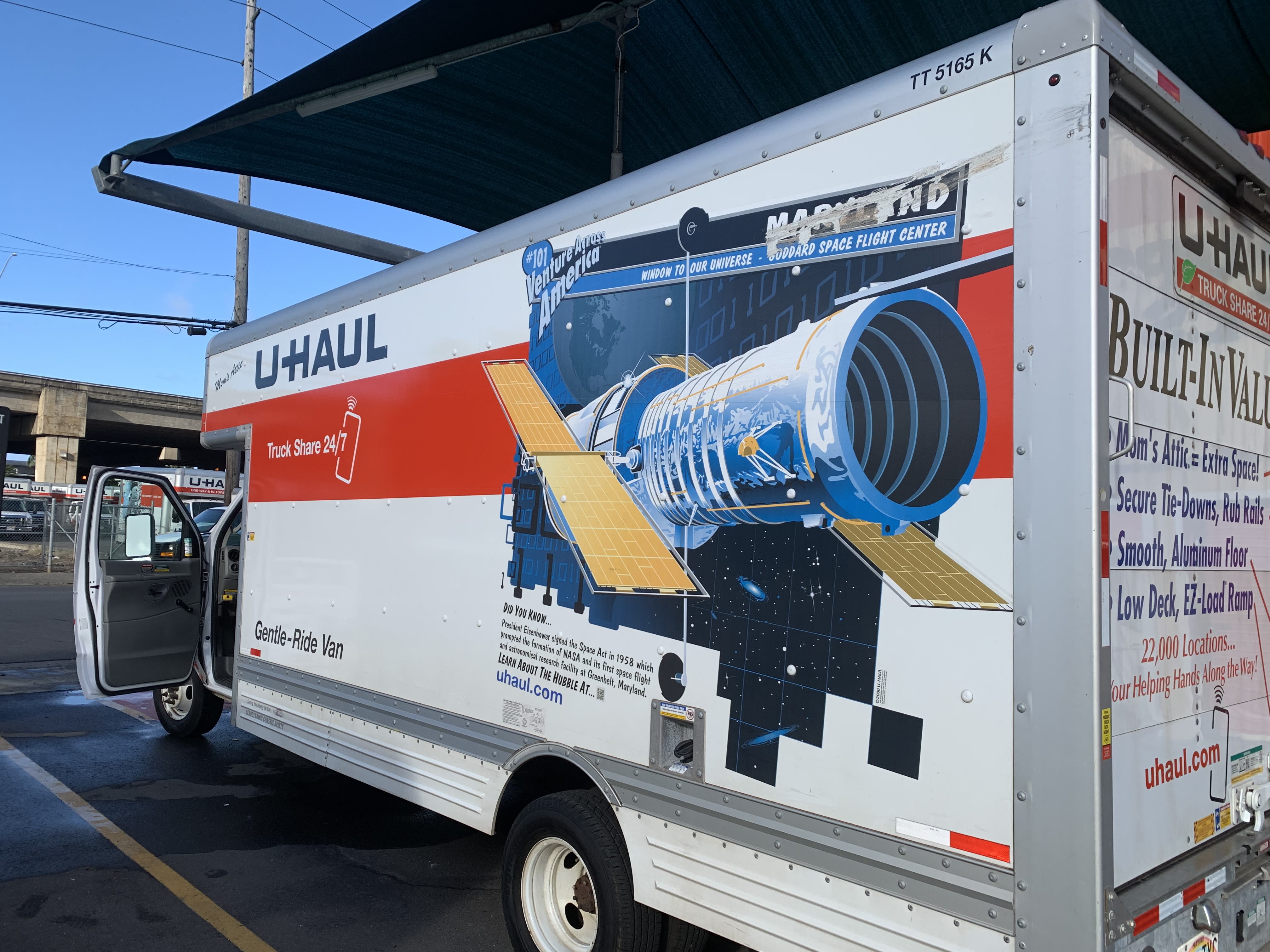
The Pandemic Program
March 2021 - May 2023
Mission: Utilizing CARES Act funding, O'ahu Housing Now (OHN) set out to address the public health crisis of COVID-19 in the community by achieving social distancing through housing people experiencing homelessness. This was accomplished through a Rapid Rehousing approach, which provided short-term rental assistance and supportive services to assist people in obtaining housing quickly, improving rental history, increasing self-sufficiency, and maintaining housing.
New Strategies
* Housing fairs
* Donation drives
* Move-in kits (built from donated items)
* Bed purchases & deliveries (volunteer recruitment)
* Landlord incentives
* Mutual rescissions
* Access to LEP 24/7 support line
These are all new strategies developed & utilized by OHN. These strategies are recommended by the OHN team for use in future programs.
Obstacles
* Program kick-off delay
- Due to the need for subrecipients, sub-subrecipients, and the financial assistance agency's need for a loan, the original kick-off date of January 2021 was delayed to March 2021.
* Maintaining housing time standards
- Despite the team's best efforts, due to changes in staffing, reimbursement delays, cash flow delays, and households' unit expectations, adhering to time standards was an ongoing challenge.
* Funding capacity vs. Staffing capacity
- While the program received an extension on funding, the program's sub-subrecipients opted not to extend their contract past the original contract end date of 10/01/22, creating an urgent need to onboard new hires to continue the program.
* Restricted funding
- While the program was awarded with a large "bucket" of funding, approved expenditures were finite.
312
Households
OHN housed 312 Households (1 Household can refer to an individual or a family) in just over two years. This places the program's utilization rate at 104%.
3%
Recidivism
Only 3% of OHN households exited housing and returned to homelessness in the year following program exit.
$6,493,467
Paid out
This amount is strictly the dollar amount of rent paid by the program. This does not include security deposits, utilities, landlord incentives, or other costs absorbed by OHN.
Emergency Housing Vouchers
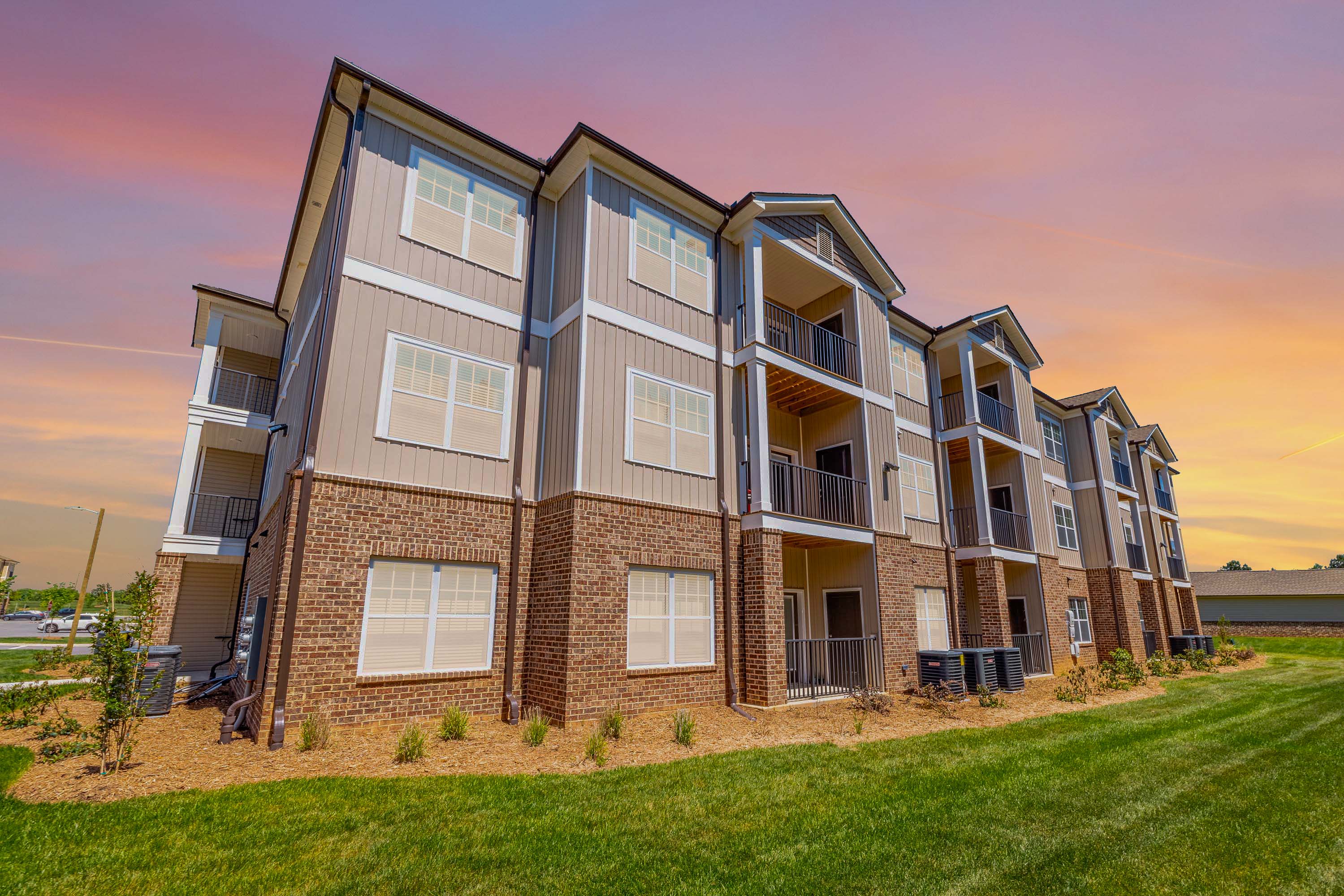
The PHA Partnership
HUD consistently recommends that CoCs work closely with their Public Housing Authorities (PHAs) to reduce homelessness in their mutual communities.
Overview (see hud.gov/ehv): The Emergency Housing Voucher (EHV) program provided a significant opportunity for PHAs, Continuums of Care, and Victim Service Providers to develop collaborative partnerships and strategies that effectively addressed the needs of vulnerable populations in the community. Through EHV, HUD provided 70,000 Housing Choice Vouchers to local PHAs in order to assist individuals and families who are homeless; at-risk of homelessness; fleeing or attempting to flee domestic violence, dating violence, sexual assault, stalking, or human trafficking; or those who were recently homeless/have a high risk of housing instability.
755 O'ahu households served.
HPHA
Statistics
City & County Statistics
Landlord Engagement Program

The Maturation
In it's fifth year, LEP continued to improve it's services; it has become an invaluable resource for CoC Housing Programs.
Mission: PIC’s Landlord Engagement Program (LEP) provides a much-needed linkage between landlords and property managers with vacant units, and households currently experiencing or at-risk of becoming homeless, creating housing supply where demand generally far exceeds supply. The LEP team provides support to landlords, agencies, and clients, aligning with PIC's mission of eliminating homelessness through the coordination of integrated responses.
Investor Partner Update
* One investor partnered with LEP has acquired three buildings this year, all of which were master leased by RYSE, a CoC member and youth service provider.
Property Manager Partner Updates
* Savio Assets Management LLC acquired Kalo Student Apartments, comprised of 23 four-bedroom, two-bath units. LEP organized a joint discussion with service providers to explore viable ways to utilize this property.
* La Grenouille acquired a low-rise building in Kailua, comprised of a mix of studios, one-bedrooms, two-bedrooms. This fulfills a critical need for housing on the windward side.
1 FTE, 38 units
1 additional full-time employee was brought on to focus on self-referrals and ADA units; 38 ADA units were requested & filled.
5 new partners
LEP's relationship and coordination with landlords ameliorates the influence of barriers to housing that our clientele face. Although LEP will coordinate with any landlord, the goal is to forge formal landlord partnerships.
2,389 people
LEP is responsible for assisting 2,389 people experiencing homelessness move into permanent housing in 2023.
Obstacles. In 2023, LEP had difficulty housing clients with Permanent Supportive Housing (PSH) subsidies, due to the fair market rent for these programs being much lower than the current standard fair market rent. In response to this issue, LEP is negotiating with their landlord partners, attempting to come to terms on lowering the rent for recipients of PSH subsidies.
Looking Ahead. With the current database (ArcGIS), LEP is encountering difficulties when generating reports/attempting to download all of the requisite data. In 2024, LEP intends to adopt a more user-friendly database, so they can successfully implement Go Live. Go Live will allow database access to partner agencies, improving their ability to identify available units.

O'ahu Veterans Initiative

The Re-Vamp
While this program has existed in some form for a prolonged period, it is PIC's newest and least developed program at time of writing.
Overview: Originally known as “Mayor’s Challenge”, this program has always been focused on veterans experiencing homelessness. While the Mayor's Office originally lead this initiative, Partners In Care, in tandem with the agencies on island who work specifically with veterans, now spearheads this project. This reformatted program has relaunched under the name O'ahu Veterans Initiative, or OVI. Despite serving veterans exclusively, OVI is also attempting to identify programmatic strategies that may be applicable to the whole system.
Current Efforts
* The OVI team is working on identifying veterans who need a Higher Level of Care (HLOC). The veteran subpopulation has a high recidivism rate, in part because they are not receiving the necessary service interventions required to maintain stable permanent housing.
* OVI is also working on locating veterans who are eligible to receive vouchers, but have not been recently encountered and are considered "missing". When compared to other subpopulations and the homeless community at large, there is a disproportionate number of missing veterans experiencing homelessness.
* OVI is attempting to expand the number of agencies involved, as well as improving communication & meaningful engagement among participating agencies.
Reaching Functional Zero
* "Functional Zero" = Where inflow and outflow are equal. Inflow & outflow data is closely monitored by the OVI team.
* In September 2023, the team attended a Built For Zero learning session in Washington D.C. to discuss strategies for reaching functional zero. At the learning session, OVI created a pathway workplan to their goal of reaching functional zero (9) for veterans by December 2024.
Homeless Management Information System
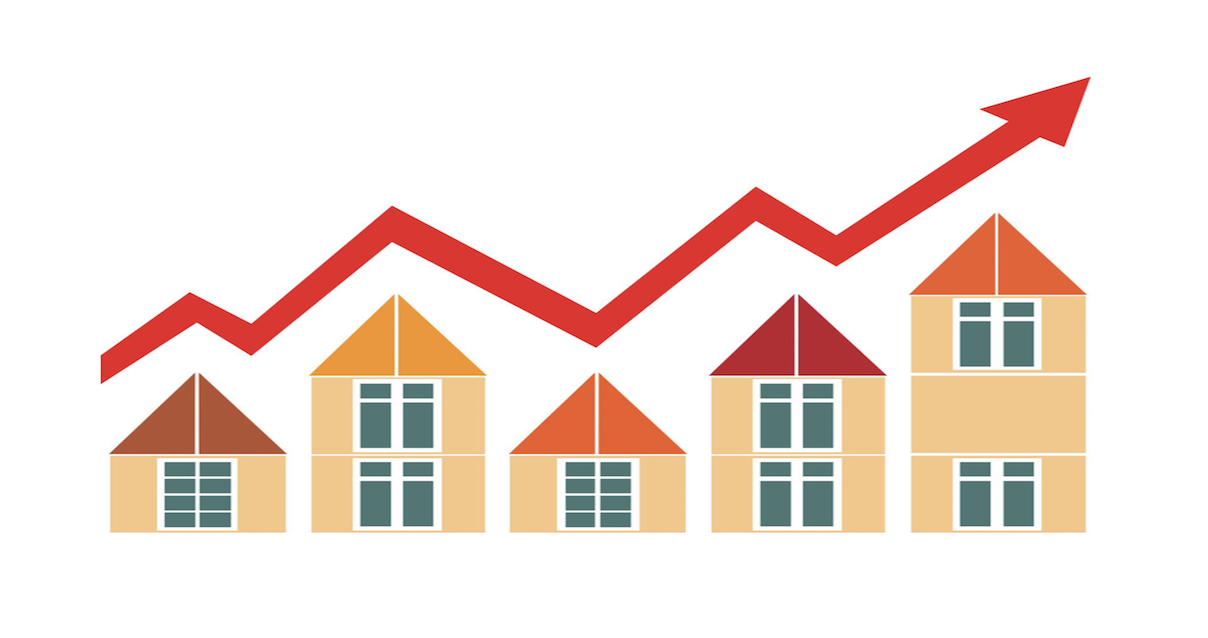
The Transition
HMIS has disrupted the status quo with it's Clarity transition and efforts to form more meaningful relationships with users.
Mission: The Homeless Management Information System (HMIS) is a countywide software program designed to capture client-level information over time on the characteristics and service needs of individuals at-risk of and experiencing homelessness. The primary goal of the HMIS is to better understand the scope and dimensions of homelessness locally and nationally in order to address the problem more effectively. Through the implementation of advanced technology, the HMIS also directly benefits service providers and homeless clients by providing more efficient and coordinated services.
Notable Updates
* Instituted "talk story" sessions with providers to understand their utilization of HMIS, promote confidence in user skills, and stress accessibility & support between the HMIS team and the community.
* Collaboratively produced population sub-reports for community dissemination.
* Re-created & updated public facing dashboards.
* Had representation and attendance at 3 major conferences: NHSDC, Clarity Connect, and Hawaii State Housing and Homelessness Awareness Conference.
* Met all reporting deadlines.
* Reduced the rate of duplicate client creation by over 90%.
HMIS:
Inflow/Outflow Data
"Inflow" = New to O'ahu's HMIS
Total 2023 Inflow: 1,621
"Outflow" = Coordinated Entry enrollment exited due to move into permanent housing
Total 2023 Outflow: 3,352
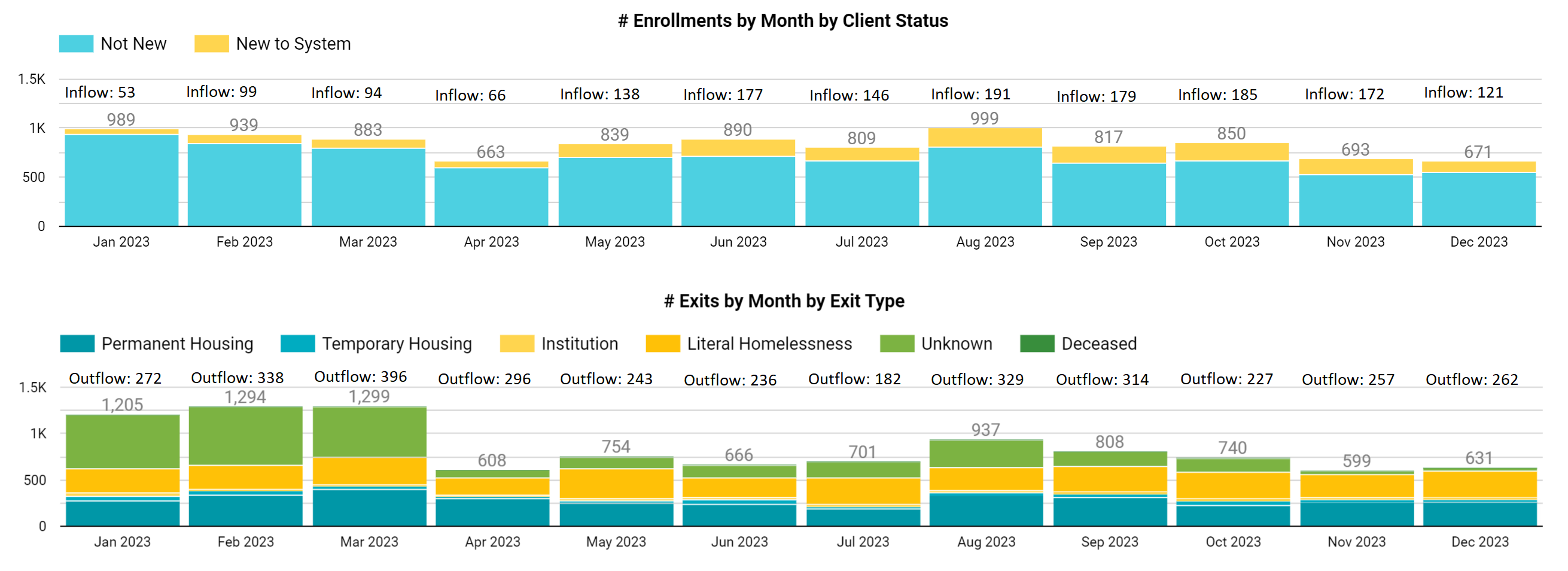

After systematic review of our legacy database vendor, the CoC determined it was time to move to a new HMIS. The process included reviewing proposals from other vendors, meeting their admin teams & touring their platforms, getting feedback from current users of those platforms, and completing cost-benefit analysis.
Ultimately, the vendor Bitfocus and their HMIS platform Clarity was determined to be the best fit.
The HMIS team successfully migrated all HUD standardized data, completed system configuration, recreated the training system, and have gone live in Clarity.
The team continues to integrate the Coordinated Entry System into Clarity, build out reporting tools and dashboards, and strive for superior data quality, system monitoring, & data management.
Coordinated Entry System

The Evolution
Though known mainly for their central role in program referrals, CES is more focused on systems change than ever before.
Mission: The O‘ahu Coordinated Entry System (CES) facilitates the coordination and management of resources that comprise the crisis response system in the county. CES allows users to efficiently and effectively connect people to interventions that aim to rapidly resolve their housing crisis. CES works to connect the highest need, most vulnerable persons in the community to available housing and supportive services equitably.
Supporting PIC Programs
* O'ahu Veterans' Initiative (OVI). This new program has required a copious amount CES support. To assist in achieving OVI's goals, CES is working closely with 211 & HMIS on a veterans' resource mapping project.
* Emergency Housing Vouchers. CES continues to support the EHV team and their efforts to distribute all vouchers.
* Homeless Management Information System. CES consistently works closely with HMIS. This year, one of the greatest CES tasks has been integrating their systems into Clarity since the transition. This project will continue in 2024.
Looking Ahead: The Hawai'i Island Going Home Consortium
* The Going Home Consortium as been leading efforts to provide re-entry & reintegration services to justice-involved individuals & their families.
* CES is now participating in the Consortium, and hopes to increase awareness, access, and availability of re-entry services in our community.
Coordinated Entry:
Referral Data
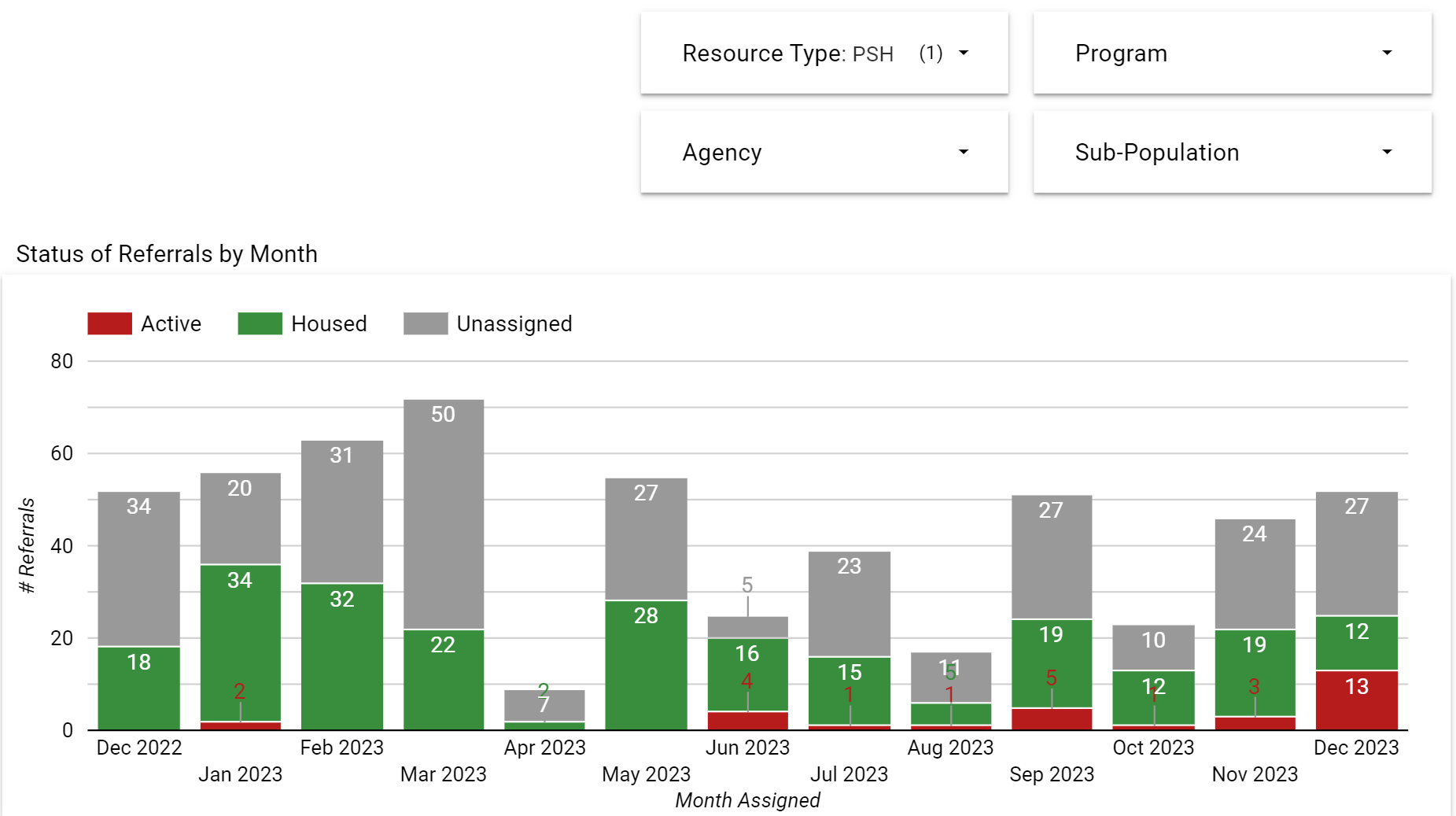
In 2023, there were a total of 508 referrals made to Permanent Supportive Housing (PSH) programs. For a closer look at the data, visit our dashboard.
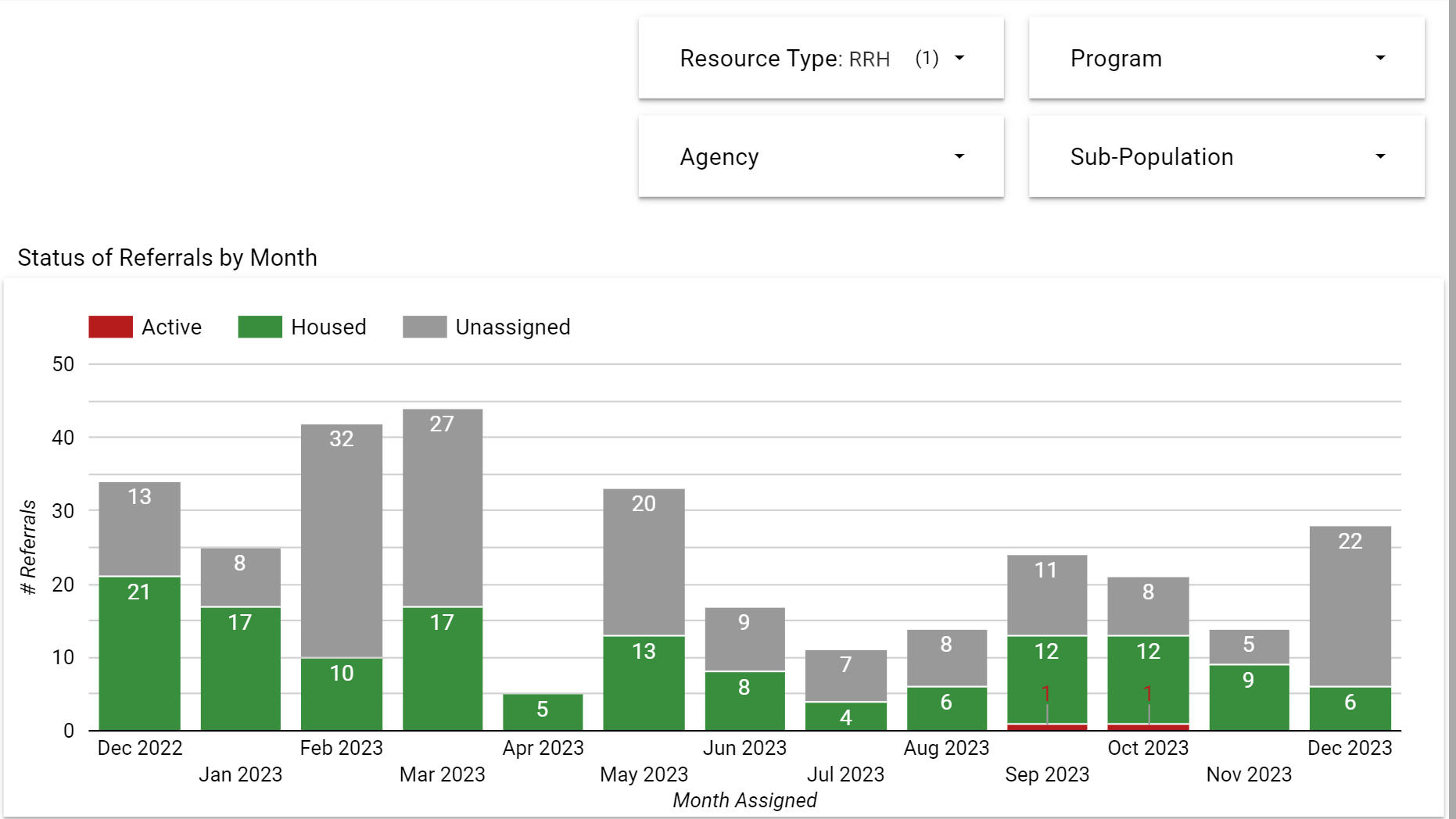
In 2023, there were a total of 278 referrals made to Rapid Rehousing (RRH) programs. For a closer look at the data, visit our dashboard.
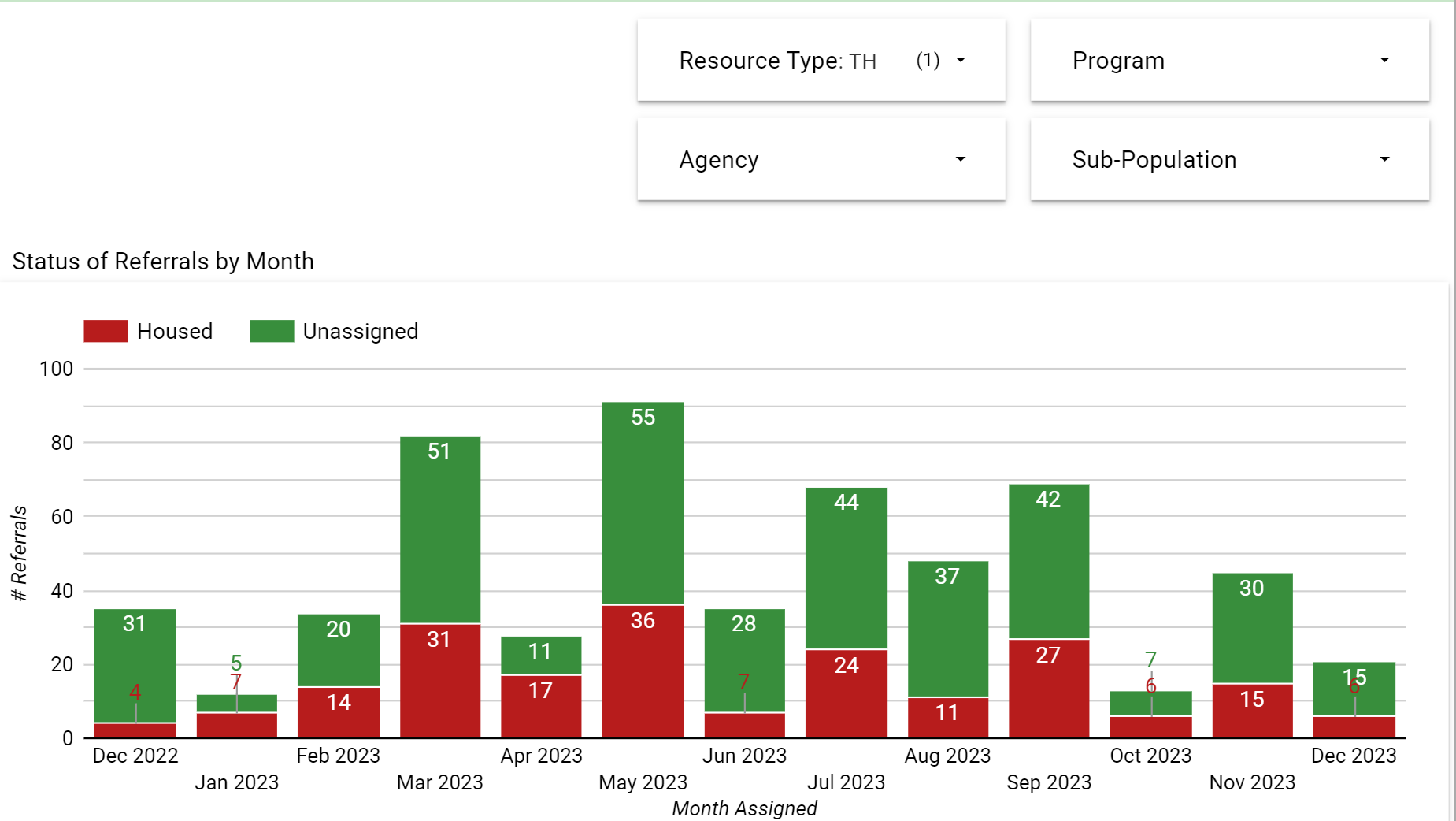
In 2023, there were a total of 546 referrals made to Transitional Housing (TH) programs. For a closer look at the data, visit our dashboard.

Systems change has been a major focus for CES, to increase its efficacy within our CoC.
The current assessment tool utilized by the CoC is the Vulnerability Index – Service Prioritization Decision Assistance Tool, better known as the VI-SPDAT. The CES team, alongside HUD technical assistance, has started hosting workgroup sessions focused on the modification or replacement of the VI-SPDAT, as it has been deemed ineffective and problematic.
CES is also working with the PIC Planning department, the CoC's Planning Committee chair, a HUD TA, and CoC members to improve the CoC Written Standards.
Additionally, the CES team is now using Google's Looker Studio for Coordinated Entry Oversight dashboards.
Along with this new software, CES has implemented a Special Request dashboard. This data is helpful for the community to easily view how many people experiencing homelessness have a VI score not reflective of their housing needs, thus instigating their provider to specially request a more intensive resource.
CES has also introduced the Length of Time dashboards, which simplifies the timeliness tracking of intakes, unassignments, and placement in housing across programs.


Planning
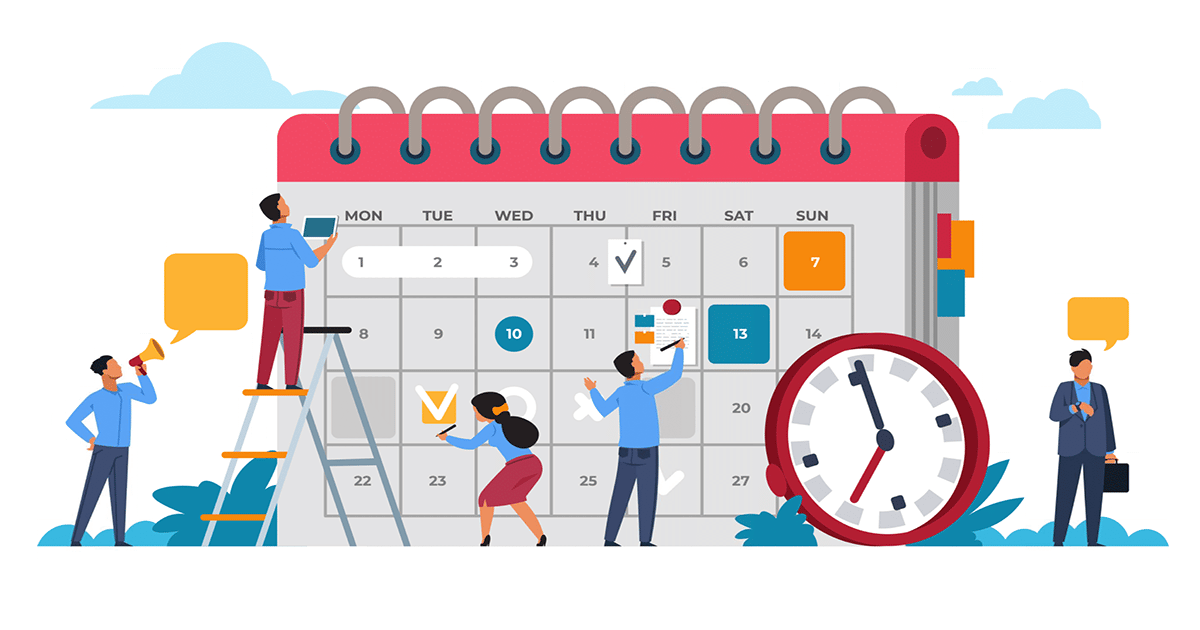
The Foundation
Planning is a crucial department as it has a hand in almost every aspect of maintaining a functioning CoC.
Overview: Per HUD, the Planning department of any new CoC is originally established to develop their communitywide or regionwide process involving the coordination of various stakeholders and homeless or formerly homeless individuals, including designing a coordinated entry process. After the initial planning phase, the Planning department remains responsible for carrying out many of the mandatory activities of the CoC lead agency. These activities are identified in HUD's interim rule and highlighted in this report.
* HUD's Notice of Funding Opportunity. In 2023, the Consolidated Application submitted by PIC's Planning department was awarded full funding for all projects, as well as an additional $1 million for future projects.
Changes to come: 2023 was the final year of the annual NOFO drop. Beginning in 2024, CoCs will only need to submit their applications biannually (every two years).
* Statewide Homelessness & Housing Solutions Conference. Conference planning has historically been the purview of the CoC's Planning and Housing Committee chair. However, PIC's Planning department played a much more active role in 2023 than in years past.
Changes to come: PIC's Planning department will be formally in charge of the 2024 Conference. Our 2023 Conference partner, HiHAC (Hawai'i Housing Affordability Coalition) will also be stepping back, focusing solely on sponsorship recruitment.
* Point In Time Count. This year, the Planning department worked with leadership from Pu'uhonua O Waianae to ensure the encampment was appropriately surveyed for the Count. Members of PIC staff taught the encampment's captains how to utilize the survey application on their phones, laying the groundwork for the years to come.
What's Next for Partners In Care?
On July 25, 2023, Partners In Care hosted 80+ service providers (CoC members and non-CoC members) to determine the 2024 - 2028 Strategic Plan for responding to homelessness across O'ahu. Prior participation in virtual engagement sessions enabled the group to lock in our 10 areas of prioritized attention in just the one day. On August 28, 2023, those 10 priorities were approved by the O’ahu Lived Experience Council, and thus solidified.
From Orgcode's introduction to the Strategic Plan:
"Responding to homelessness across O'ahu occurs against a backdrop of affordable housing scarcity, insufficient government benefits for the cost of living in Hawaii, and increased complexity of needs of many people experiencing homelessness — especially as it relates to impactful substance use and unmet mental health support needs. The uniqueness of responding to homelessness in O'ahu cannot be understated: high cost of living; the needs of COFA and Micronesian community members; providing culturally appropriate responses to homelessness amongst Native Hawaiians; providing a viable wage for staff in the homelessness services sector; and more."
The 10 Priorities, ranked in order of importance:
1. More and better street outreach.
2. Better services for people living with Severe Mental Illness (SMI).
3. Increase truly low-income housing options.
4. Increase case management services and clinical support services to help people stay housed.
5. Enhance mental health services for people currently experiencing homelessness.
6. Improve wages for non-profit direct service staff.
7. Safe outdoor spaces for people experiencing unsheltered homelessness, with hygiene facilities.
8. Meet the needs of Native Hawaiians.
9. Improve funding.
10. Housing for households with complex medical needs.
At time of writing, PIC is working with the CoC Committee Chairs to divide the priorities up among the CoC Committees, and further break them down into smaller action items assigned to specific Committee Members.
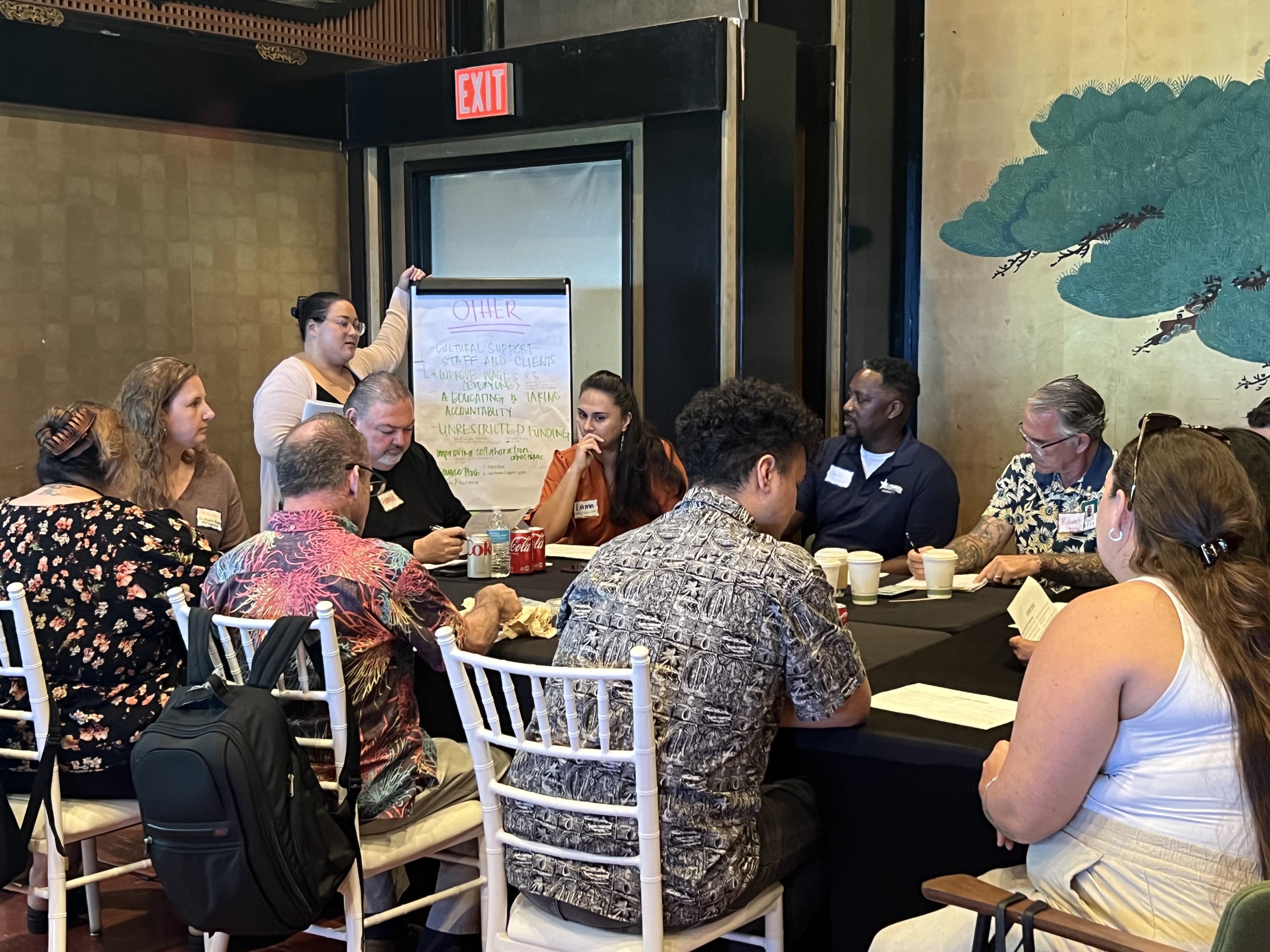
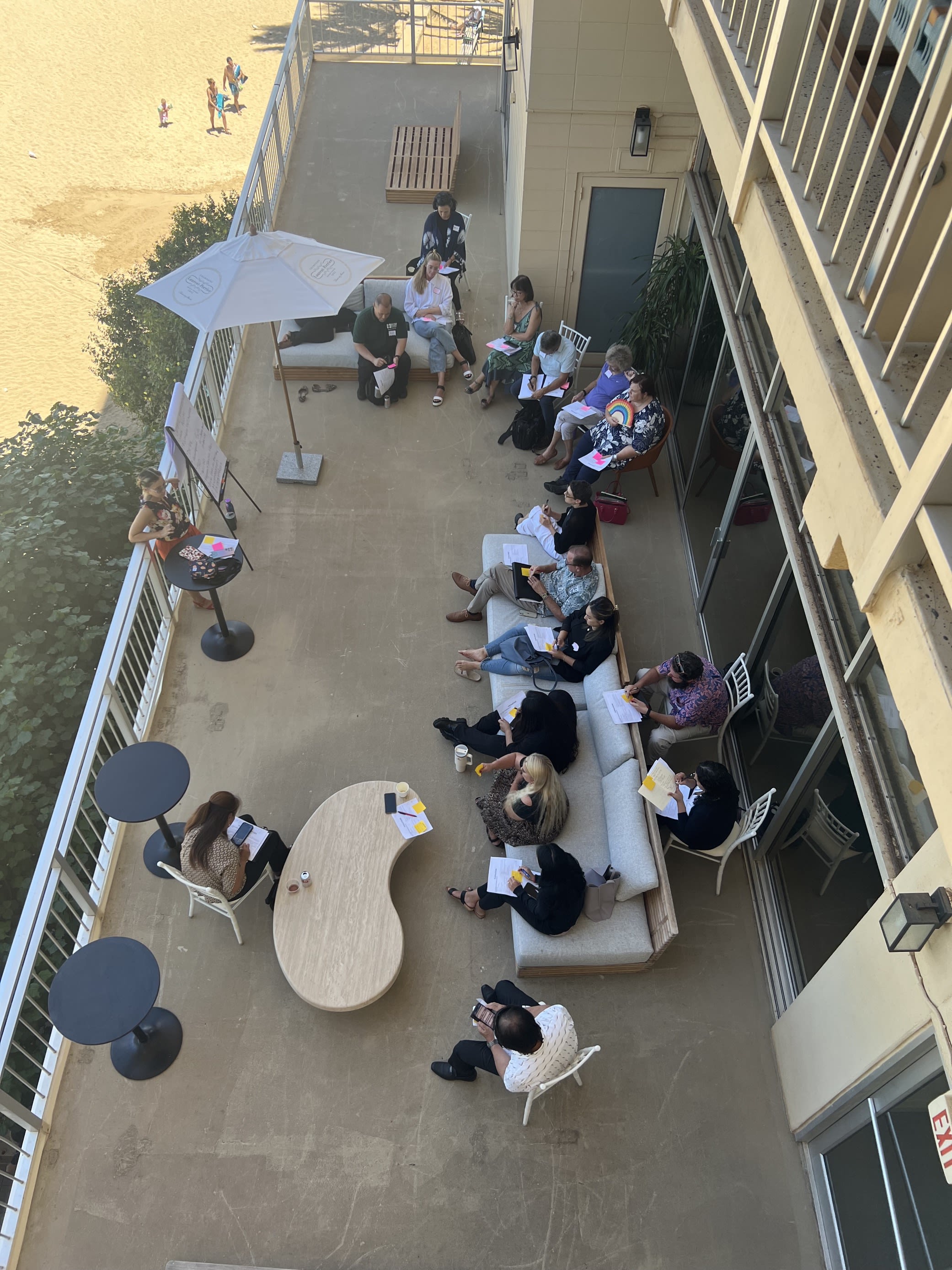
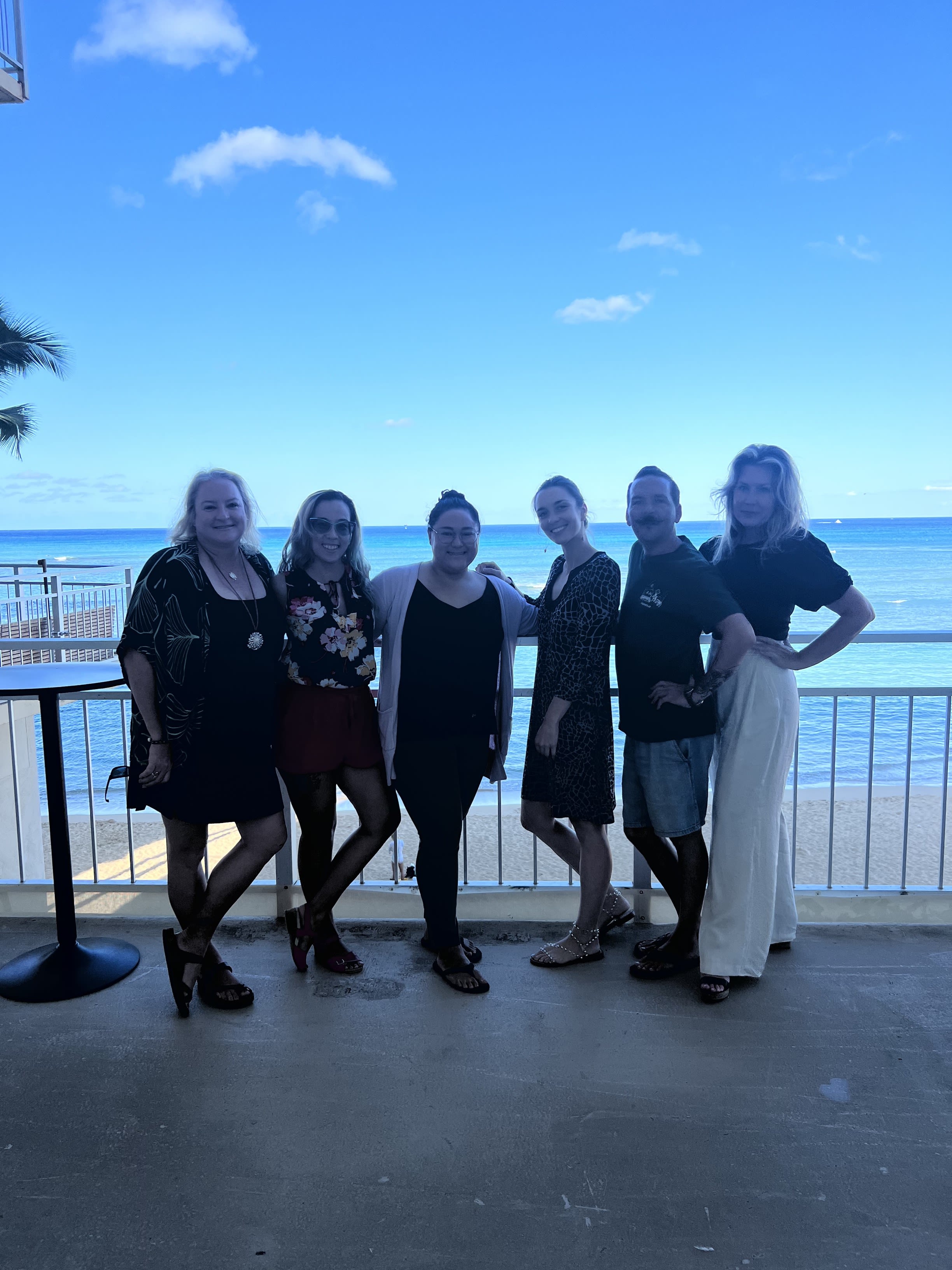
A Bold & Bright Future
As we close out 2023, we recognize all we have accomplished and how much is left to do. Despite limited funding, logistical setbacks, and the slow pace of progress, Partners In Care will continue to lead the CoC’s evolution. We will continue to break down barriers, forge new relationships, and advocate for this marginalized community until we ultimately achieve a lasting resolution to homelessness.
